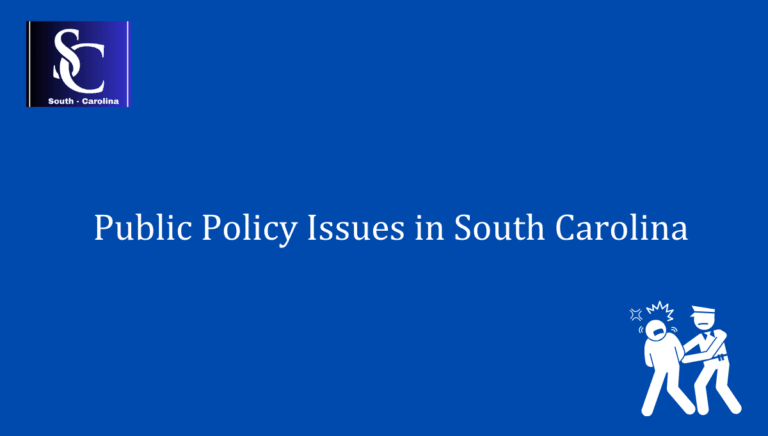Community Policing: The Crucial Role of Law Enforcement in SC
Law enforcement plays a vital role in maintaining a safe and secure community. From keeping the streets free from crime to fostering positive relationships with residents, the importance of community policing cannot be overstated. In today’s society, where trust in law enforcement is crucial, it is more important than ever for officers to engage with the community they serve.
Community policing is a proactive approach that emphasizes collaboration between law enforcement agencies and the community. It goes beyond traditional law enforcement methods by encouraging officers to build relationships and work closely with residents to address the root causes of crime. By being visible, accessible, and responsive, law enforcement can establish trust and create a sense of security among community members. Together, they can develop strategies to prevent crime, resolve conflicts, and improve the quality of life for everyone.
Building Strong Relationships
One of the key aspects of community policing is building strong relationships between law enforcement agencies and the community they serve. By actively engaging with residents and organizations, officers can establish trust and open lines of communication. This allows for better understanding of community needs and concerns, leading to more effective crime prevention strategies.
Creating a Sense of Security
When law enforcement officers are visible, accessible, and responsive, it creates a sense of security among community members. By patrolling neighborhoods, attending community events, and participating in outreach programs, officers can demonstrate their commitment to keeping the community safe.
Preventing Crime
Community policing takes a proactive approach to crime prevention. By working closely with residents, law enforcement can identify and address the root causes of crime. This may involve implementing neighborhood watch programs, organizing educational workshops, or partnering with local businesses to improve security measures.
Resolving Conflicts
Conflict resolution is an important part of maintaining a safe and secure community. Through community policing, law enforcement officers can help mediate conflicts and find peaceful resolutions. By fostering positive relationships and open lines of communication, officers can prevent minor disputes from escalating into more serious incidents.
Improving Quality of Life
Community policing aims to improve the overall quality of life for everyone in the community. By addressing issues such as drug abuse, homelessness, and mental health, law enforcement can work with community organizations and agencies to provide the necessary support and resources. This collaborative approach helps create a safer and more inclusive community for all.
FAQs
What is community policing?
Community policing is a proactive approach to law enforcement that focuses on building positive relationships between the police and the community they serve. It involves collaboration, problem-solving, and crime prevention strategies to address the root causes of crime and maintain public safety.
How does community policing differ from traditional policing?
Unlike traditional policing, which focuses primarily on reactive responses to crime, community policing emphasizes proactive engagement with the community. It involves officers working closely with community members, businesses, and organizations to identify and address local concerns and develop tailored solutions.
What are the key benefits of community policing?
Community policing fosters trust and cooperation between law enforcement and the community, leading to improved crime prevention and better outcomes. It enhances public safety by empowering communities and promoting problem-solving partnerships that address the underlying causes of crime.
How does community policing promote inclusivity and diversity?
Community policing recognizes the importance of inclusivity and diversity in building safe and thriving communities. It encourages law enforcement agencies to reflect the demographics of the communities they serve, understand cultural differences, and engage in respectful dialogue to bridge gaps and build trust.
What initiatives are commonly implemented in community policing?
Community policing initiatives may include neighborhood watch programs, community outreach events, youth engagement programs, problem-oriented policing projects, and collaborative partnerships with community organizations. These initiatives aim to strengthen relationships, improve communication, and address specific issues within the community.
How can individuals contribute to community policing efforts?
Individuals can contribute to community policing efforts by actively participating in community programs, reporting suspicious activities, and maintaining open lines of communication with law enforcement. They can also engage in community problem-solving, support local initiatives, and help build a sense of unity and shared responsibility for public safety.
Conclusion
Community policing is a vital strategy in maintaining a safe and secure community. By prioritizing relationships, creating a sense of security, preventing crime, resolving conflicts, and improving quality of life, law enforcement officers can effectively serve and protect the community they are entrusted with. Through ongoing engagement and collaboration, the partnership between law enforcement and residents can continue to strengthen, ensuring a brighter and safer future for all.







